
Category: neuroscience


Hacking Our Senses Will Transform How We Experience the World
For millennia the human experience has been governed by five senses, but advances in neuroscience and technology may soon give us a far broader perspective.
What counts as a sense in the first place is not clear cut. Sight, hearing, taste, smell, and touch make up the traditional five senses, but our sense of balance and the ability to track the movement of our own body (proprioception) are both key sensory inputs. While often lumped in with touch, our temperature and pain monitoring systems could potentially qualify as independent senses.
These senses are also not as concrete as we probably believe. Roughly 4.4% of the population experiences synesthesia — where the stimulation of one sense simultaneously produces sensations in another. This can result in people perceiving colors when they hear sounds or associating shapes with certain tastes, demonstrating the potential fluidity of our senses.
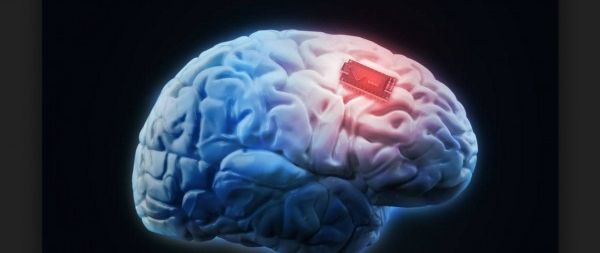
New “Interscatter Communication” Could Let Your Implants Talk via Wi-Fi
In Brief.
Interscatter communication has enabled the first Wi-Fi communication between implanted devices, wearables, and smart devices.
Researchers from the University of Washington have created a new form of communication that allows devices like credit cards, smart contact lenses, brain implants, and smaller wearable electronics to use Wi-Fi to talk to everyday devices like watches and smartphones. It’s called “interscatter communication,” and it works by using reflections to convert Bluetooth signals into Wi-Fi transmissions in the air that can be picked up by smart devices.

New devices that emulate human biological synapses
Check this out.
Engineers at the University of Massachusetts Amherst are leading a research team that is developing a new type of nanodevice for computer microprocessors that can mimic the functioning of a biological synapse—the place where a signal passes from one nerve cell to another in the body. The work is featured in the advance online publication of Nature Materials.
Such neuromorphic computing in which microprocessors are configured more like human brains is one of the most promising transformative computing technologies currently under study.
J. Joshua Yang and Qiangfei Xia are professors in the electrical and computer engineering department in the UMass Amherst College of Engineering. Yang describes the research as part of collaborative work on a new type of memristive device.

Scientists Make Neurons Directly From Human Skin
Nice.
Researchers have come up with a way for making functional neurons directly from human skin cells, including those taken from patients with Alzheimer’s disease. Alzheimer’s Reading Room Asa Abeliovich The new method may offer a critical short cut for generating neurons for replacement therapies of the future, according to research published in the August 5th …“Scientists Make Neurons Directly From Human Skin”
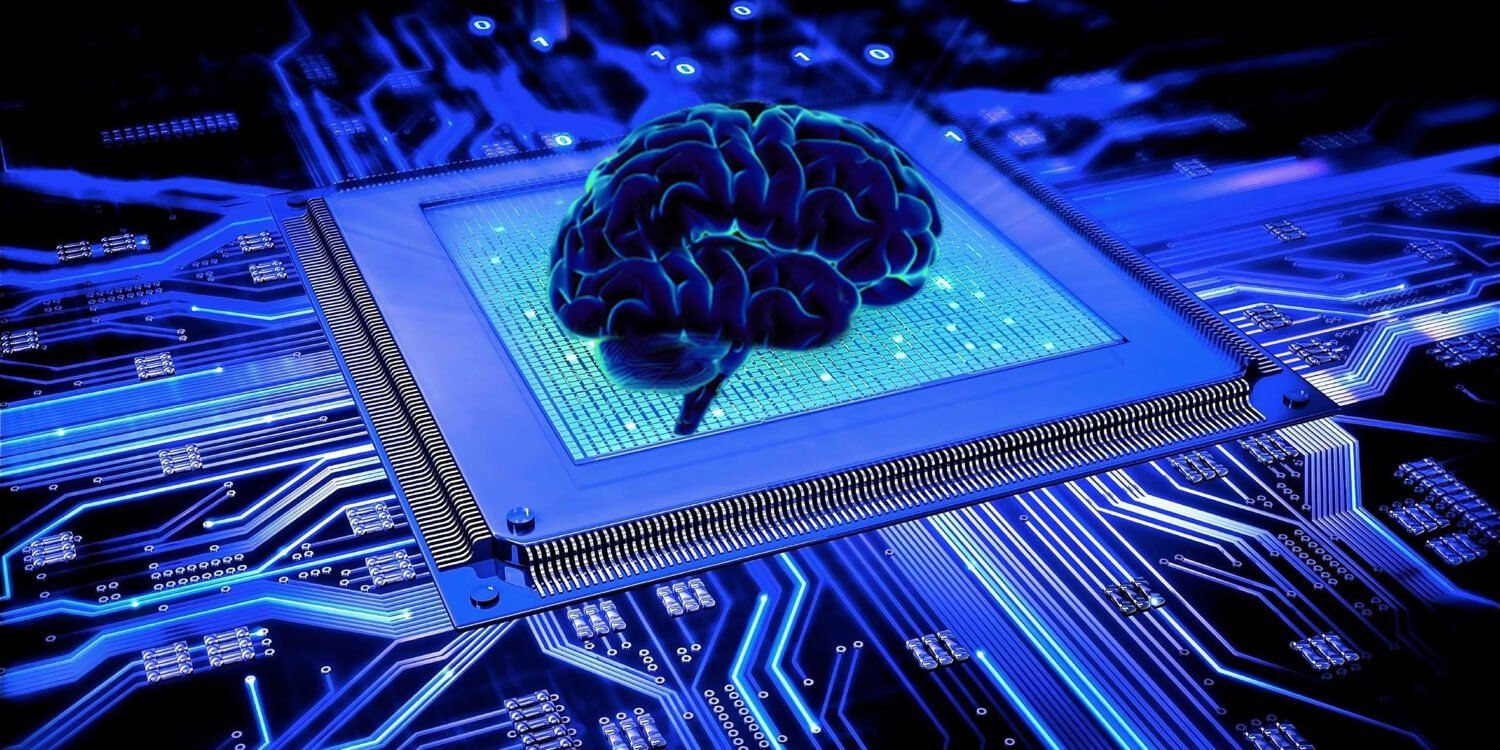
This Is Your Brain on Quantum Computers
Machines enrich and enhance our lives, whether it’s the smartphones that allow us to stay connected or the supercomputers that solve our toughest computational problems. Imagine how much more productive and innovative our world will be when computers become infinitely more powerful. Indeed, the growing field of quantum computing may make our current technological capacities look feeble and primitive in comparison. It could even transform the workings of the human brain and revolutionize how we think in ways we can’t begin to imagine.
Today, computers operate at the most basic level by manipulating two states: a zero or a one. In contrast, quantum computers are not limited to two states, but can encode information in multiple states that exist in superposition, also known as quantum bits or qubits.
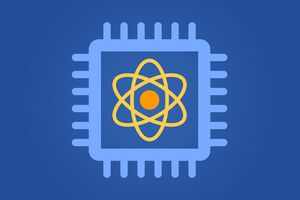
In other words, this technology takes advantage of one of the most fascinating properties of the quantum world: the ability of subatomic particles to exist in more than one state at any given time. Consequently, a quantum computer can perform many calculations at the same time, whereas a traditional Turing machine can only perform a single calculation at once. Such quantum machines will be millions of times more powerful than our most powerful current computers.
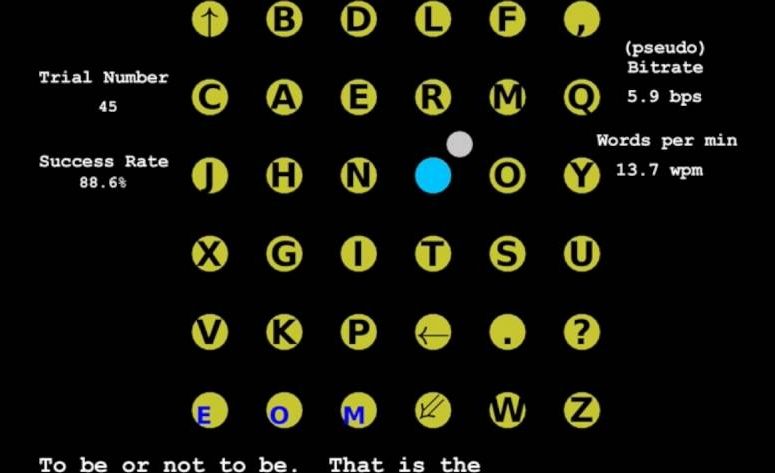
Direct brain-sensing technology allows typing at a rate of 12 words per minute
Technology for reading signals directly from the brain developed by Stanford Bio-X scientists could provide a way for people with movement disorders to communicate.
The system directly reads brain signals to drive a cursor moving over a keyboard. In a pilot experiment conducted with monkeys, the animals were able to transcribe passages from the New York Times and Hamlet at a rate of 12 words per minute.
Earlier versions of the technology have already been tested successfully in people with paralysis, but the typing was slow and imprecise. This latest work tests improvements to the speed and accuracy of the technology that interprets brain signals and drives the cursor.
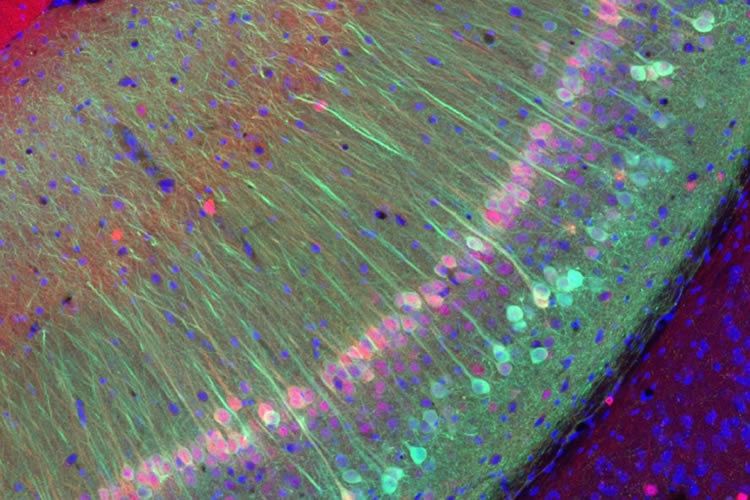
Researchers Identify Neurons Devoted to Social Memory
Summary: Ventral CA1 neurons in the hippocampus store memories of acquaintances, a new study reports.
Source: MIT.
Cells in the hippocampus store memories of acquaintances, a new study reports.
Mice have brain cells that are dedicated to storing memories of other mice, according to a new study from MIT neuroscientists. These cells, found in a region of the hippocampus known as the ventral CA1, store “social memories” that help shape the mice’s behavior toward each other.

